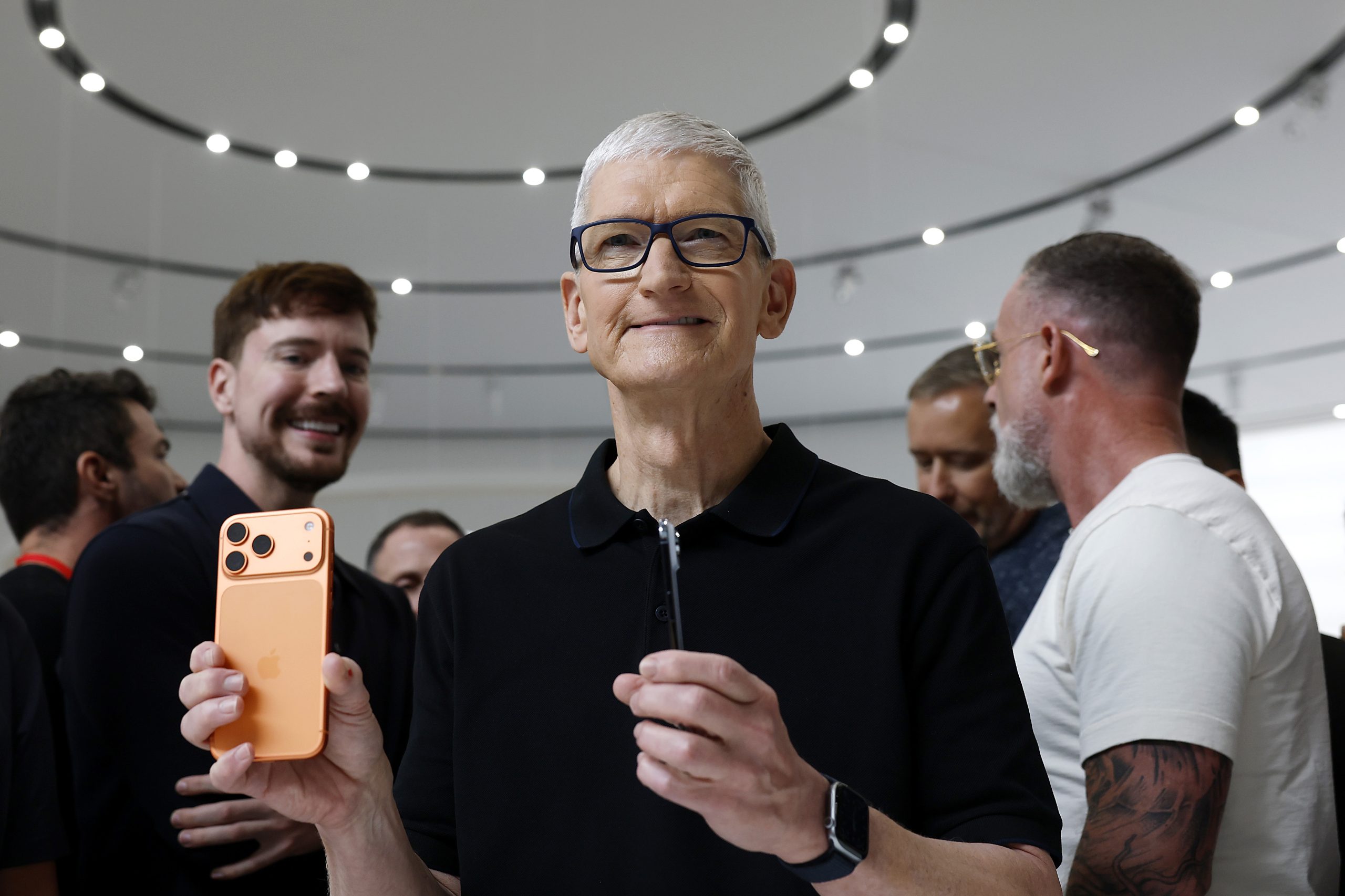Apple’s highly anticipated iPhone event delivered a surprise: the iPhone Air, a remarkably thin device touted as the company’s slimmest yet. While aesthetically pleasing, the phone’s underwhelming battery life raises questions about Apple’s strategic direction. This departure from the incremental upgrades of recent years suggests a bolder, riskier approach, potentially foreshadowing future innovations.
A Thin Profile, a Thick Question Mark?
The iPhone Air’s sleek design is undeniably striking. Apple’s marketing emphasizes its lightweight feel and elegant form factor, a clear attempt to compete with foldable phone designs emerging from competitors like Samsung and Motorola. However, the compromised battery life is a significant drawback. Early reviews and user feedback indicate that users will experience noticeably shorter usage times compared to previous iPhone models. This raises concerns about the practicality of such a thin design in the context of daily usage. Is style trumping substance? The answer, for many consumers, may be a resounding yes.
A Test Run for Foldable Future?
Many industry analysts believe the iPhone Air serves as a crucial stepping stone for Apple’s entry into the foldable phone market. The theory suggests that the Air’s design elements – its thinness and lightweight construction – are essential components for creating a foldable phone that doesn’t feel bulky or unwieldy. By releasing the Air, Apple can gather valuable data on manufacturing techniques, component miniaturization, and consumer response to an ultra-slim design. This would allow them to refine their approach before launching a potentially more expensive and complex foldable device. Essentially, the Air is a meticulously calculated risk, a test to gauge consumer appetite and identify potential hurdles in the development of their own foldable smartphone.
Beyond the Hype: Market Implications
Apple’s move presents a fascinating case study in strategic innovation. While the iPhone Air might not be a commercial blockbuster due to its battery limitations, its importance lies in its role as a research and development project. The willingness to sacrifice some functionality for design innovation represents a significant shift in Apple’s traditionally conservative approach. The success of the iPhone Air, therefore, won’t be measured solely by sales figures but by the technological insights it provides for the future of Apple’s mobile strategy. The gamble is whether consumers will prioritize sleek design over practical battery life, and whether this experiment paves the way for Apple’s eventual foray into the increasingly competitive foldable phone arena. This is a significant moment in the tech world, and the implications for future smartphone design are considerable.
SOURCE INFORMATION:
TITLE: You’re paying too much for your phone
DESCRIPTION: Apple did something wild at its big annual new iPhone event on Tuesday: It announced a phone that’s actually new. It’s called the iPhone Air, and it’s thin — “the thinnest iPhone ever” — light, and eye-catching. Also its battery life sort of stinks. You might not want a super thin phone with crappy battery […]
SOURCE: Vox
Based on materials: Vox





